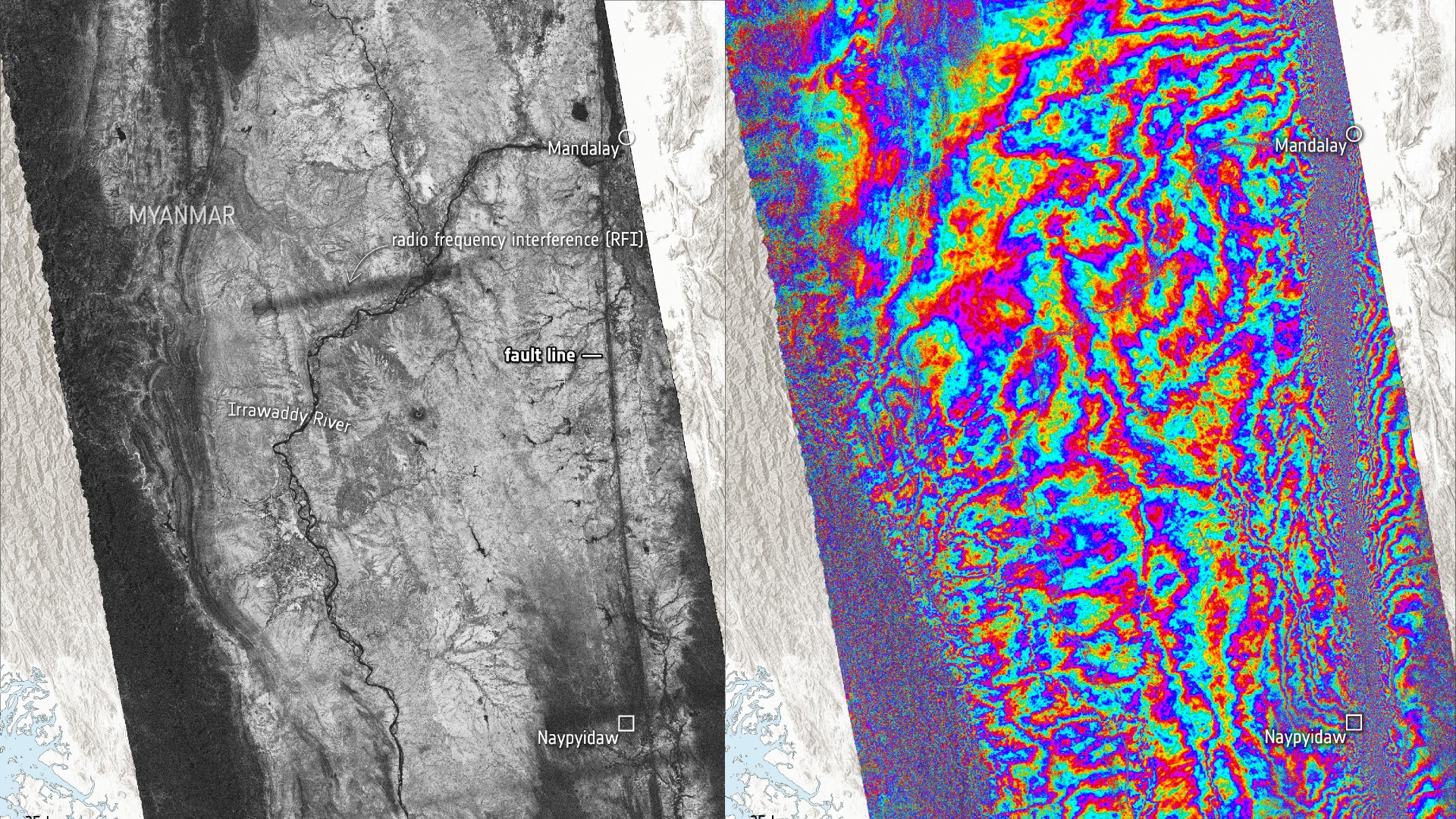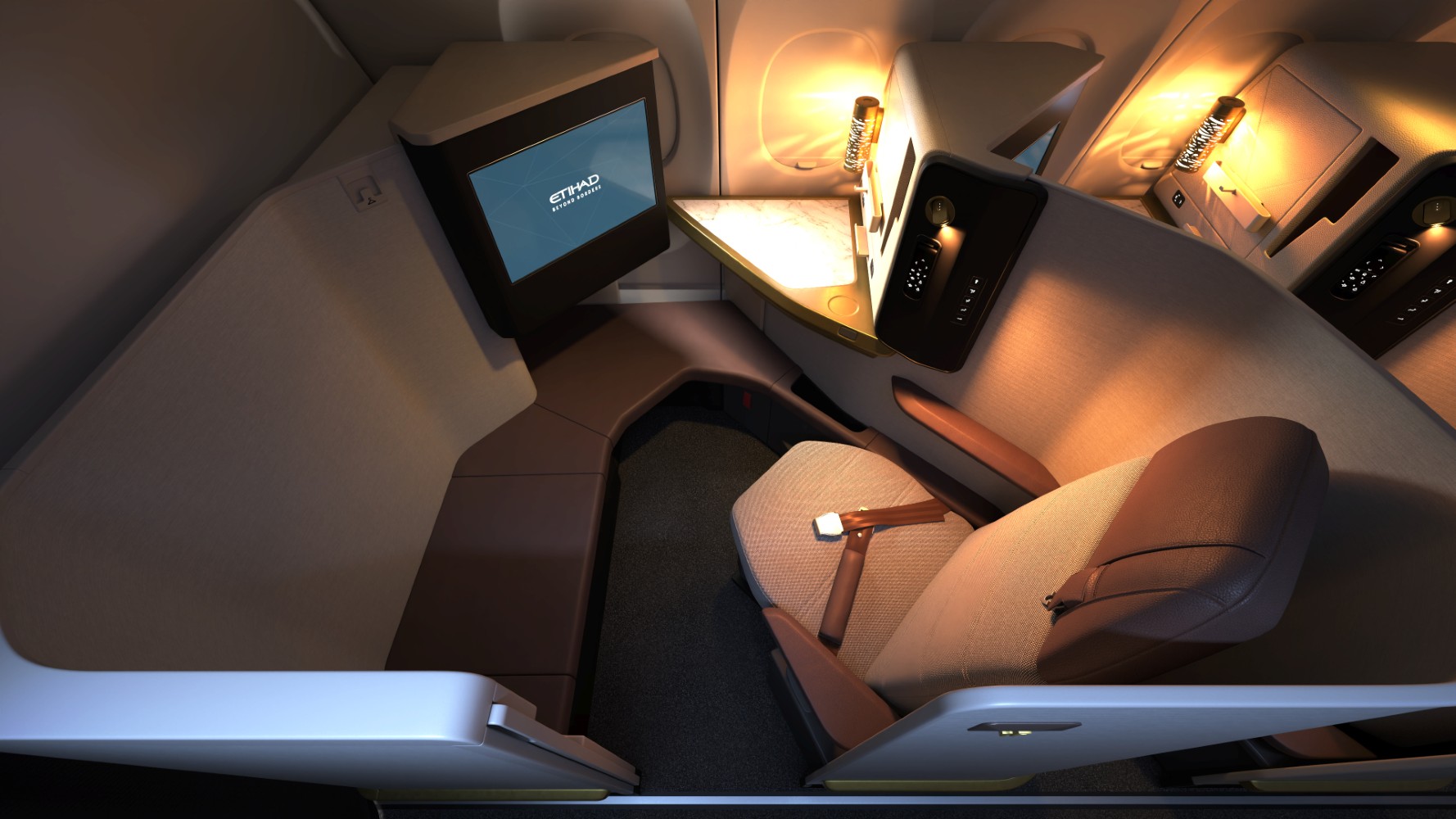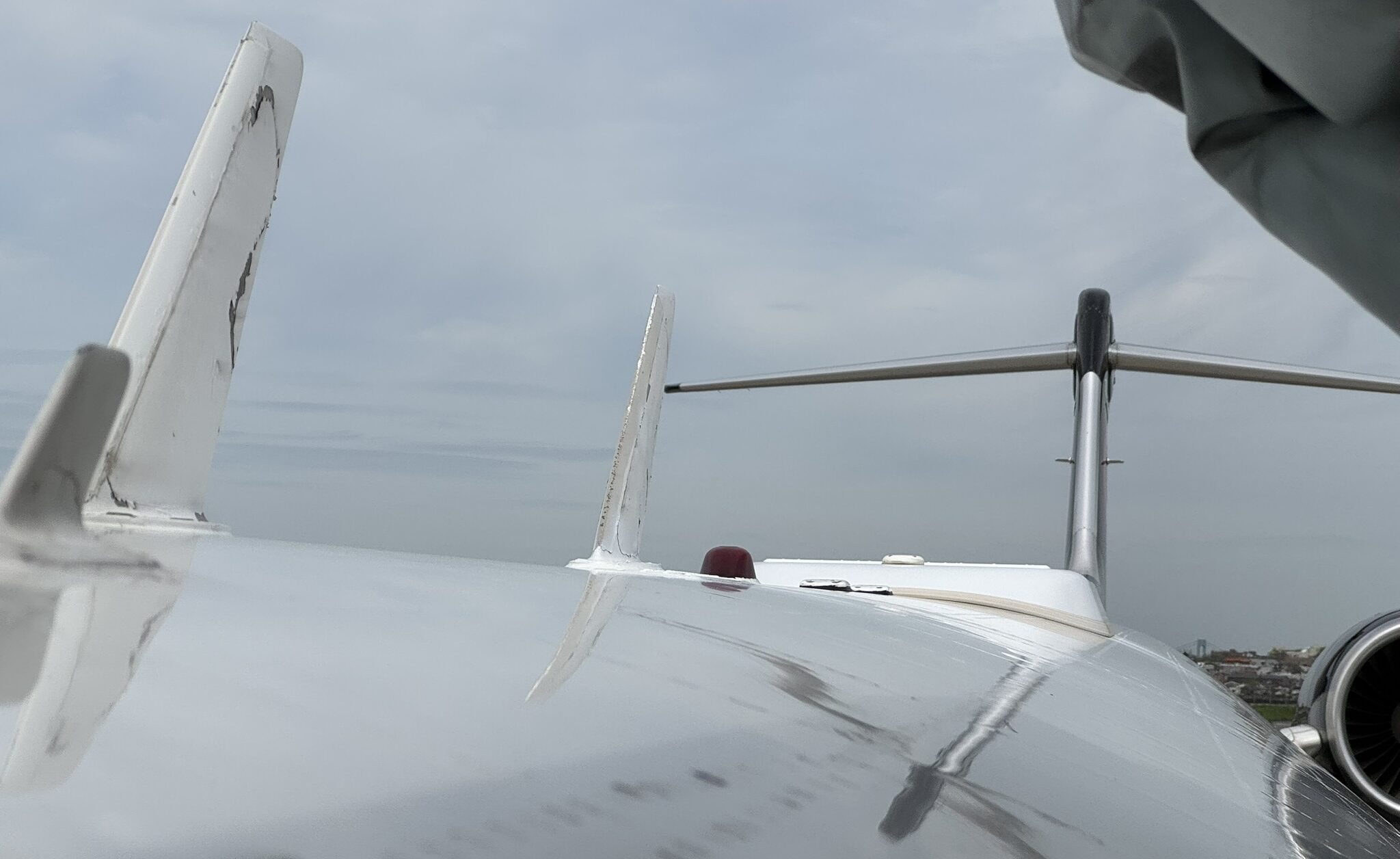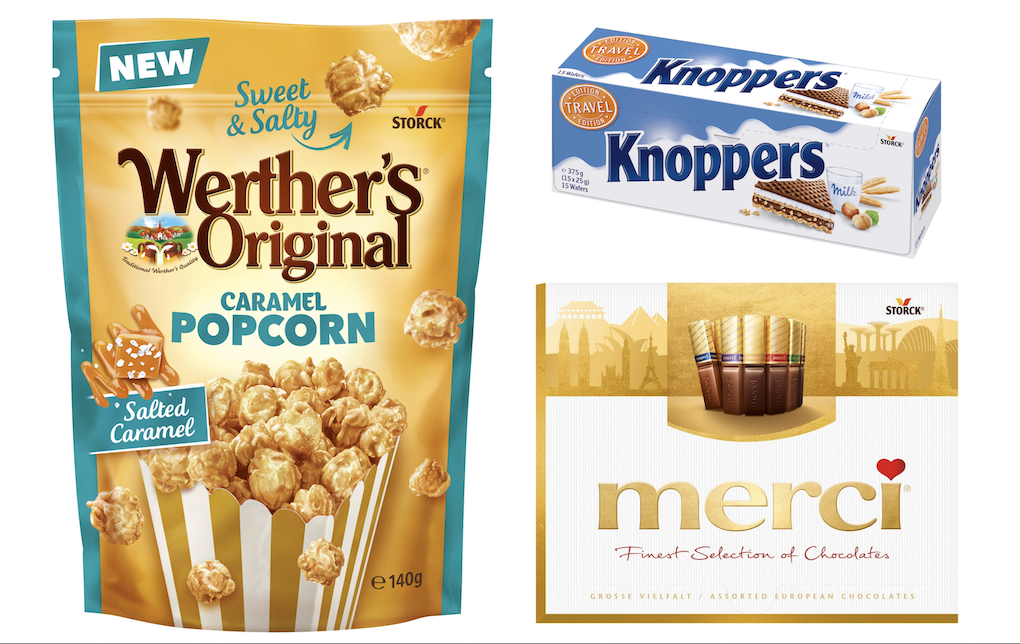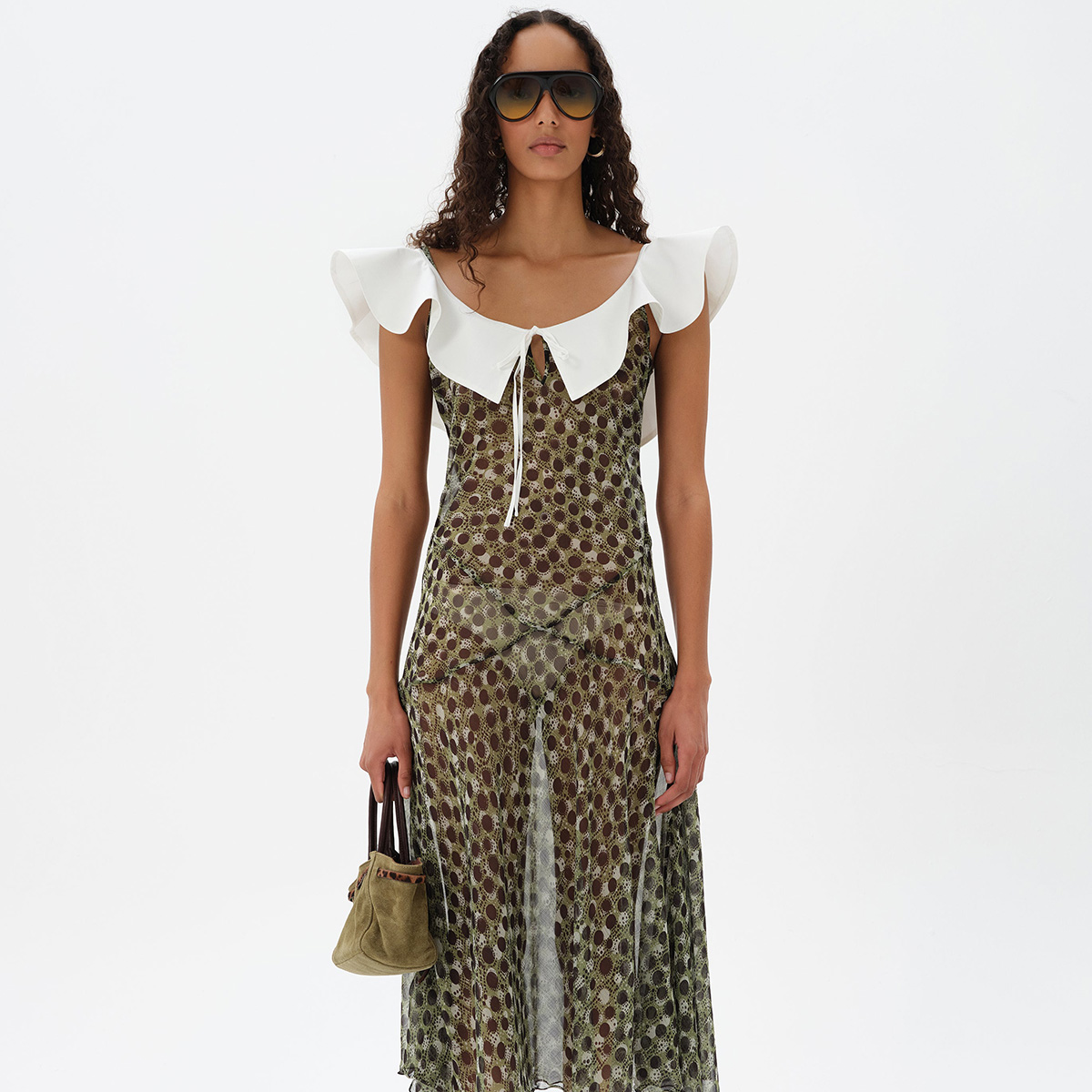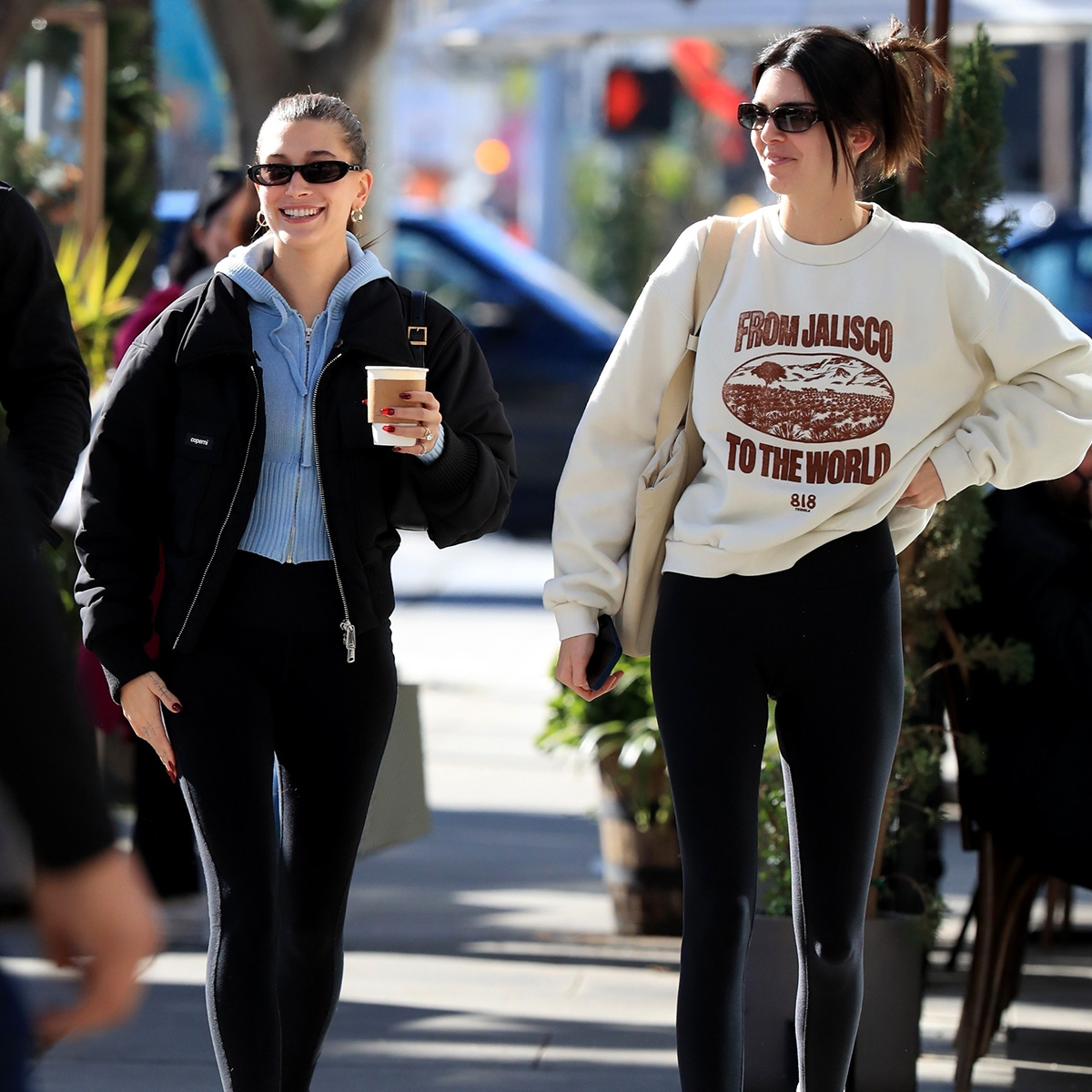Bold scarves by Epson and Patternity draw attention to the fashion industry's water overuse
Promotion: technology company Epson has digitally printed a collection of patterned silk scarves to draw attention to the "35 trillion litres of water" used to produce clothing in the UK. Each of the four EcoVero Silk scarves is informed by the waterways of European cities, including the Thames in London, the Seine in Paris, the The post Bold scarves by Epson and Patternity draw attention to the fashion industry's water overuse appeared first on Dezeen.


Promotion: technology company Epson has digitally printed a collection of patterned silk scarves to draw attention to the "35 trillion litres of water" used to produce clothing in the UK.
Each of the four EcoVero Silk scarves is informed by the waterways of European cities, including the Thames in London, the Seine in Paris, the Navigli in Milan and the Spree in Berlin.
The designs were brought to life using Epson's Monna Lisa digital printer, which is capable of reducing water consumption by up to 97 per cent versus traditional dyeing methods, according to the brand.

The scarf collection – created by designers and pattern experts Patternity – was printed using the Monna Lisa printer to draw attention to the "water footprint" of the fashion industry.
According to research conducted by consultants Censuswide and Green Story, "35 trillion litres [of water] is needed to produce the combined number of clothes in UK wardrobes", which is enough to drain the Thames 15 times over, said Epson.

The majority of water is used during the early stages of production, according to the brand, but dyeing fabrics also uses a significant amount.
In total, the traditional textile industry contributes to approximately 20 per cent of industrial wastewater worldwide.

To address this, Epson's Monna Lisa printer uses direct-to-fabric digital printing to reduce the amount of water used during the dyeing process.
"Fashion is one of the world's most influential and inspiring industries, but as the research indicates, it also has a significant impact on our planet's water resources," said Epson chief marketing officer, Maria Eagling.
"With our research also making people aware of the shocking amount of water used in traditional clothes production methods, we hope to encourage more clothing brands to adopt our technology."

The brand also developed Dry Fibre Technology while working on its dyeing techniques – a process that repurposes used garments into rolls of printable non-woven fabric without the need for water.
For the Thames Dark Waters design – a black square with a white linear motif – Patternity was informed by the "aerial shape" of the Thames river, while the 20 districts of Paris influenced the colour-blocked pattern of the Seine Source scarf.

The Navigli Ripples scarf is "reminiscent of sliced marble", with five layers that correspond to Milan's five canals and the repeating geometries of Berlin informed the Spree Stripes scarf.
According to Epson, luxury brands and designers such as Richard Quinn and Yuima Nakazato are now using the brand's water-reducing digital textile production methods.
To learn more, visit Epson's website.
The photography is by Jack Snell
Partnership content
This article was written by Dezeen for Epson as part of a partnership. Find out more about Dezeen partnership content here.
The post Bold scarves by Epson and Patternity draw attention to the fashion industry's water overuse appeared first on Dezeen.





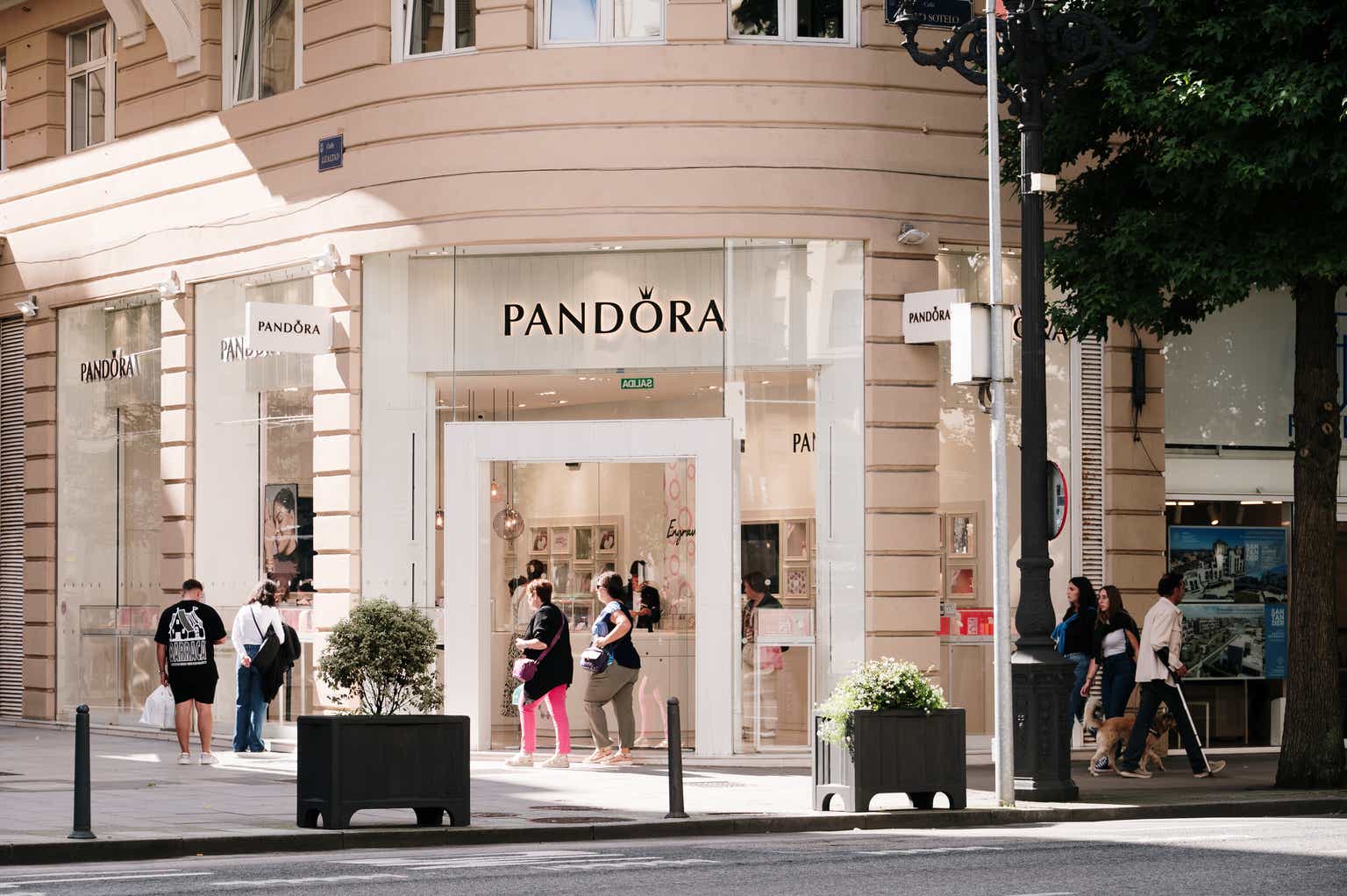
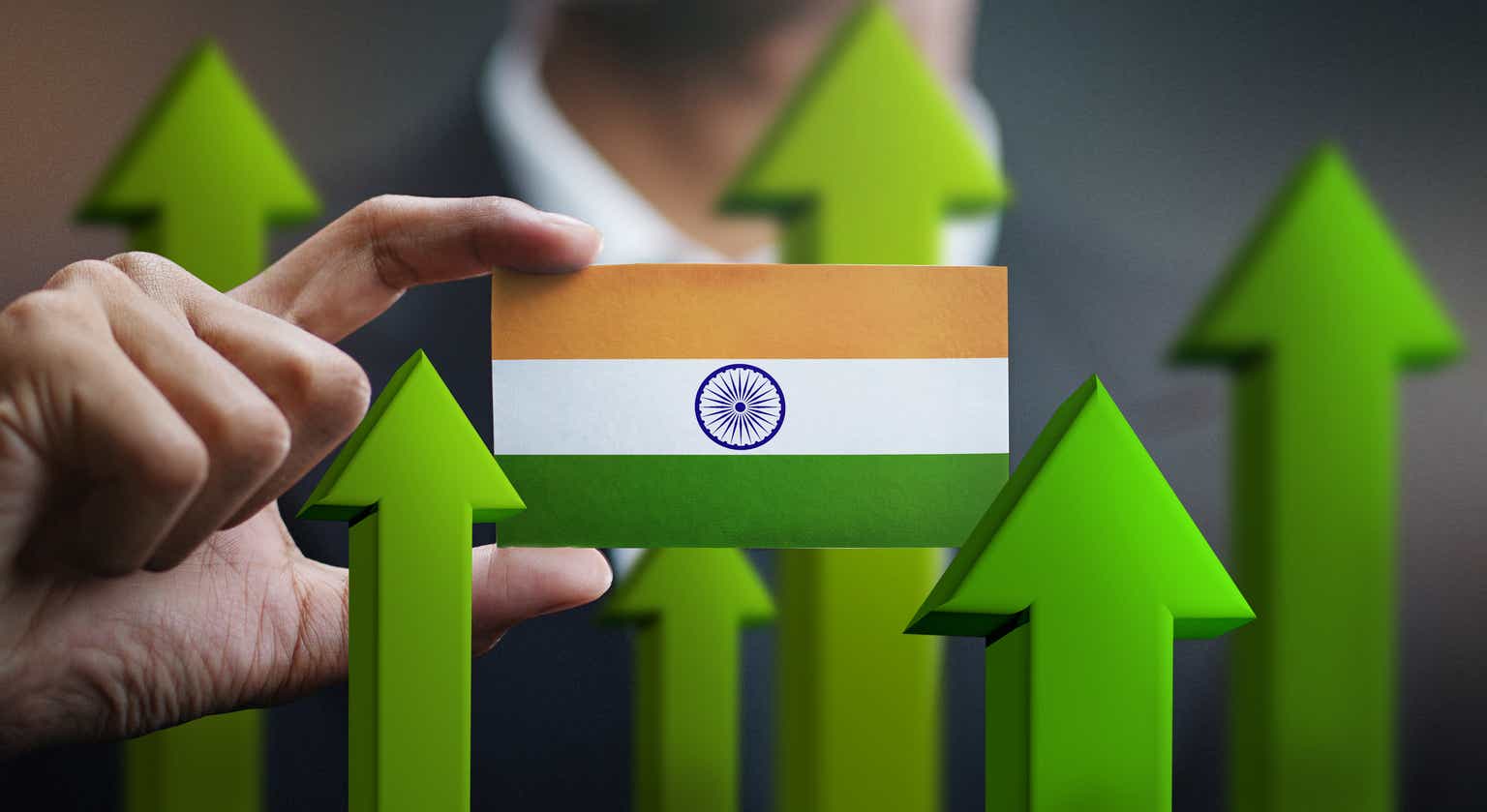




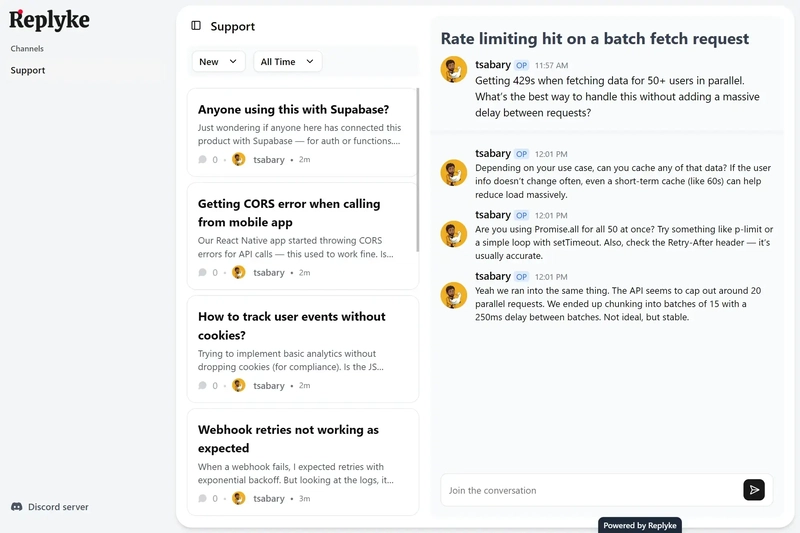
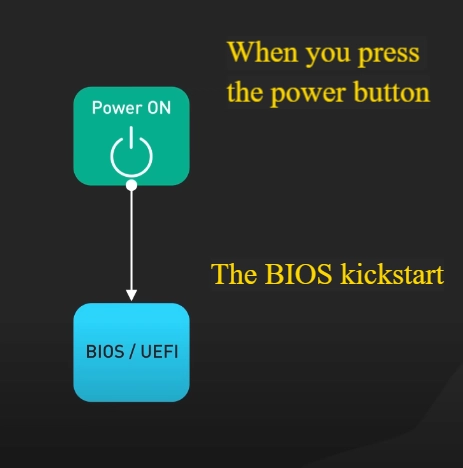
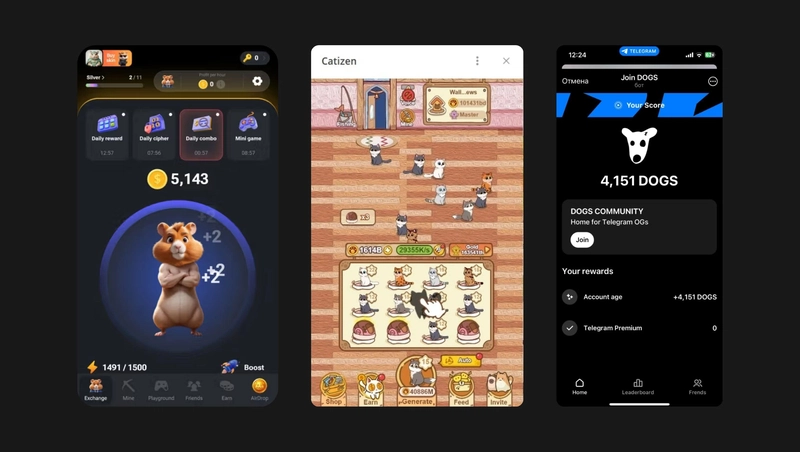






_NicoElNino_Alamy.jpg?width=1280&auto=webp&quality=80&disable=upscale#)
















